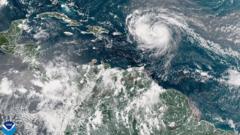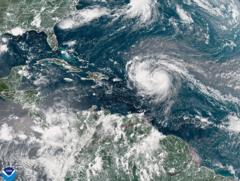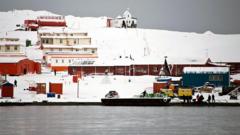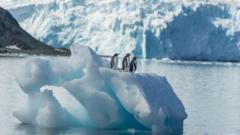A new study highlights how increased salinity of seawater surrounding Antarctica is leading to the rapid melting of sea ice, reversing previous growth trends. This change poses significant implications for global sea levels and climate patterns.
Saltier Waters Near Antarctica Are Accelerating Ice Loss

Saltier Waters Near Antarctica Are Accelerating Ice Loss
Recent research suggests rising salinity in southern oceans contributes to faster melting of Antarctic sea ice.
Some oceanic regions near Antarctica are becoming saltier, and this change is having a profound impact on the region's sea ice levels. In a significant study published in the Proceedings of the National Academy of Sciences, scientists reported that the rise in seawater salinity might explain the rapid decline of Antarctic sea ice observed over the past decade, marking a shift from earlier growth patterns.
According to lead author Alessandro Silvano, a senior scientist at the University of Southampton, “The impact of Antarctic ice is massive in terms of sea-level rise, in terms of global warming, and therefore, in terms of extremes,” signaling that we are moving into a new environmental paradigm.
Historically, sea ice has melted in summer and refrozen during winter, acting as a shield that reflects solar radiation back into space. Although Arctic sea ice has been depleting rapidly since the late 1970s, Antarctic sea ice experienced growth until the 2010s. The recent study utilized satellite data to identify how salinity changes correlate with ice loss, developing new algorithms that refined the analysis of this often-overlooked factor.
Initially doubtful of their findings, Dr. Silvano and his colleagues later validated the trend through physical measurements from ocean instruments, confirming that the increasing salt concentration in the surface waters was indeed real and contributing to the shrinking sea ice.



















